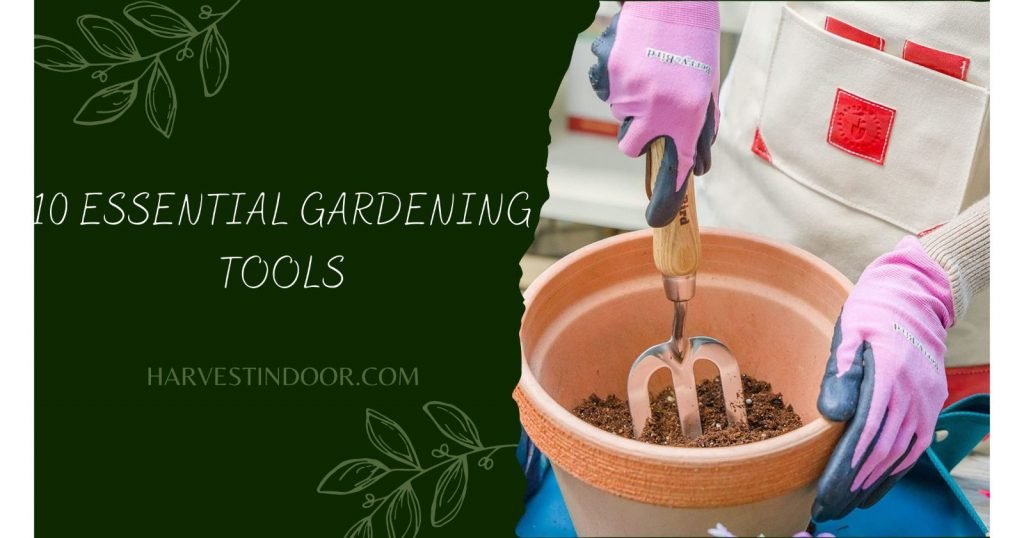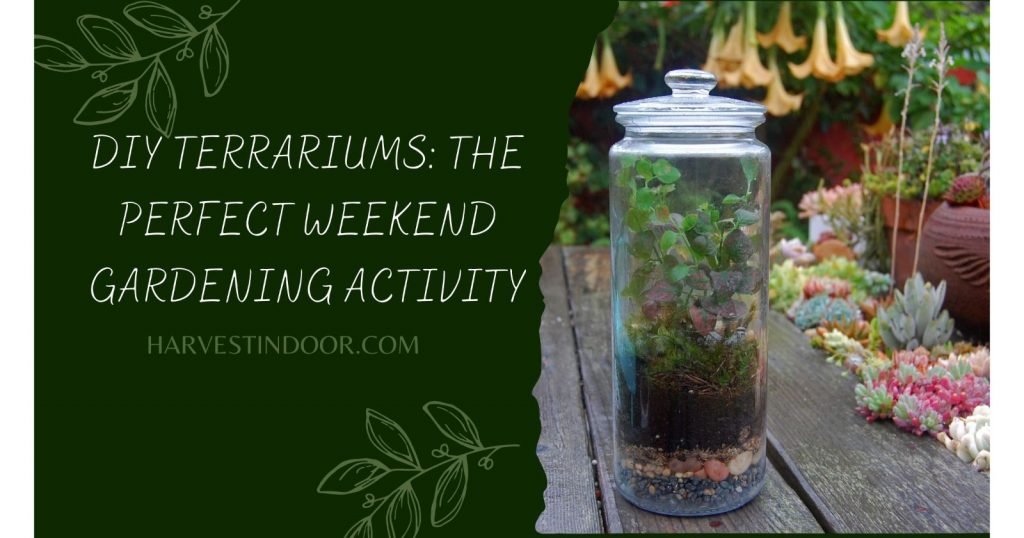As the weekend approaches, have you been wondering about a fun and creative activity to keep you physically and mentally healthy? If so, this might be the right time to try your hand at a window garden! Not only is this project beginner-friendly and can be done in just one day, but the weekend window gardening activity is also flawless for those with limited gardening land. Without further ado, let’s dig in!
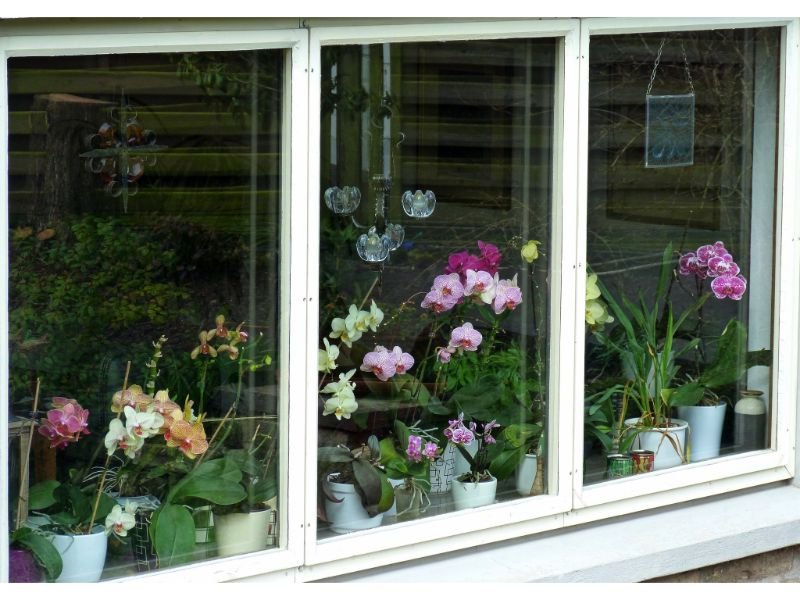
Table of Contents
Window Garden 101: Tips and What To Avoid
Before starting to enjoy the lush view of your window garden, here are some crucial things you should keep in mind. Remember that the goal of a window garden is not merely just about aesthetic value, but also about the happiness of the plant itself.
Growing Environments
First thing first, start by inspecting your window’s location, how much light they receive each day, and the temperature. Is it receiving daily indirect light, but warm and humid? Or is it a typical dry area that gets sunny, and direct light every day? Once you’ve assessed the growing conditions, you can safely choose plants that will successfully thrive in these growing conditions. Some plants can tolerate heat while others are not just fans of it.
Available Space
Although limited space is not a main problem for a window garden, this still can affect the plant selection. Limited window garden space tends to have less choice of plants to grow, but there are still plenty of options that can thrive in that area. Edible and compact herbs such as basil, cilantro, thyme, sage, oregano, chives, and parsley are perfect for limited window garden areas.

Not a fan of herbs? No problem! Another option you can try is to choose plants that can be trained or pruned to maintain their compact size. The perfect example of this is bonsai and aglaonema, along with flowering plants such as primrose, petunias, zinnias, anthuriums, and magnolia. Another predominant aspect to note is to not overcrowd your window garden plants and keep them well-organized. We recommend thriving similar-sized plants next to each other. Taller plants tend to tower over the smaller ones, which can interrupt the light and airflow, impacting the growth of the smaller plants.
Type of Planters
The good thing about the window garden project is that you can spark your creativity by choosing the right planters to meet your criteria. The main material types of planters include plastic, terra-cotta, wood, metal, and ceramic–all come with their pros and cons. You can level up your window garden game by installing a window shelf or window perch instead, however, this would likely cost you more bucks and are not transportable.
Growing Habits
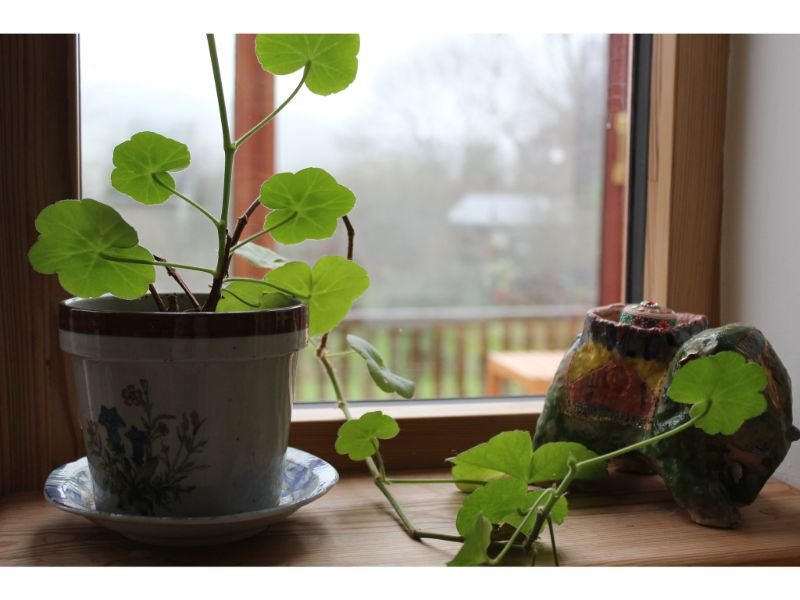
When it comes to planting, it’s paramount to consider not only the size but also the plant’s growth habits. For tiny window gardens, it’s best to stick with plants that have dwarf or compact growing habits, such as succulents and dwarf bougainvillea. For those with massive window gardens, you can add a dramatic look by adding taller or trailing plants, such as sweet potato vine, clematis, and English ivy. Moreover, don’t forget to consider the growth rate of each plant. Some can quickly outgrow their container, like coleus and impatiens, so ensure to provide them with enough space.
Desired Styles
The possibilities for a window garden are endless. Just play with your imagination, gather all the gardening tools, and pick up the plants, you can create many styles from the exotic tropical-themed, the drought-tolerant succulent-themed, to the edible herb garden-themed. Nonetheless, it’s feasible to mix and match tropical-themed plants with herbs, and vice versa, as long as the plants share similar growing requirements, sizes, and habits.
Setting Up A Window Garden: It’s Easier Than You Think!
Constructing a window garden doesn’t have to be complicated. Follow these simple instructions so you don’t get lost.
Step 1: The necessities
After deciding on the window garden style and selecting the right planters, you need to gather some gardening tools such as humus-rich potting soil, gardening shears, a trowel, a watering can, and of course, the planters. You don’t need fancy gardening tools for this step as any gardening tool works just fine.
Step 2: Prepare the planters
Next, fill the planters with a potting mix that is rich in organic matter to keep the plants healthy and away from nutrient deficiency. Ensure to provide enough space from one planter to the others, do not plant too close. If limited growing space is your main problem, you can simplify the process by opting for just two or three kinds of plants.
Step 3: Plant and water the plants
Gently remove the plant from their old containers and give the plants a good drink of fresh water. If you feel the plant has grown to the point it reaches the other plant’s foliage and branches or touches the roof of the window shelf, it’s safe to prune the plant back to maintain its size and shape.
Step 4: Arrange the window garden
Place the planters in your desired arrangements. It could be a set of flowering plants horizontally or a collection of succulents vertically. For this special step, it’s all up to you.
Step 5: Let’s decorate!
Last but not least, add a final touch of beauty to the window garden by adding decorations. This step is fairly optional, though. You can choose garden stones, tiny sculptures, houses, or small water fountains depending on your style and preference.
How To Maintain A Window Garden?
Maintaining a window garden is an ongoing process, which means you need to do this regularly. The general rule is to water the plants based on their water needs, fertilize only during the growing season, do a regular pruning schedule, and monitor all unwanted pests and diseases. We recommend making a journal or list to keep up with each plant’s specific needs. This will help you a lot to be more organized and ensure each plant is healthy!
What Is The Best Light Requirement For a Window Garden?
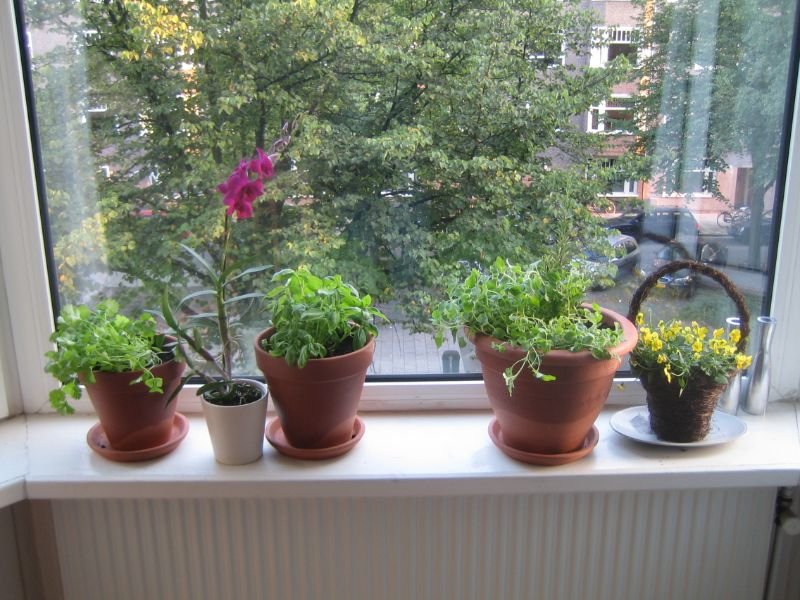
The light requirement for a window garden varies on the type of plants. For example, if the main plants of your window garden are parts of aroids, such as philodendrons, pothos, and aglaonema, stick to the bright but indirect or filtered sunlight. On the other hand, if you’re opting for sun-loving plants for your window gardens, like lantana and salvia, they’re not hesitant to be under direct sunlight for at least 6 hours a day.
Do Window Garden Winter Hardy?
Similar to light requirements, the hardiness of the plants you choose varies depending on the species and your zones. Some window gardens plants such as flowering kale, rosemary, dusty miller, and boxwood can tolerate colder temperatures and low light conditions. However, it’s worth noting that no matter if the plant itself is cold tolerant or not, some plants might struggle and even die if the temperature drops too low.
Wind Up
If you’re still here, congratulations on completing the step-by-step weekend garden project! Remember to continue caring for the plants regularly and keep the window garden nice and tidy. If you want to change the style of your window garden, don’t be afraid to experiment and get creative.

New author in the hood. Loves gardening and flowers are my spirit animals (yes I know they are not animals but I insist). I will be covering most of the flowers’ topics here and occasionally random though as well.


